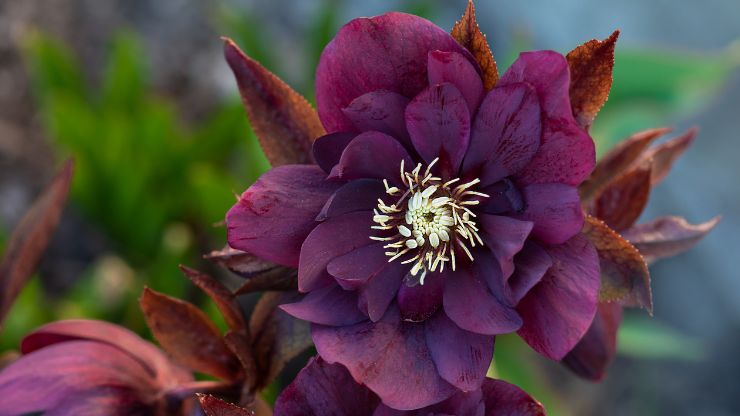In the quiet depths of winter, when much of the garden lies dormant and colors fade, Hellebores emerge as luminous beacons of hope and beauty. These resilient plants, also known as Lenten Roses, offer a dazzling array of colors and forms that brighten even the coldest days. As the first blooms of the new year, they herald the arrival of spring while thriving in the chill of winter. In this guide, we will explore seven of the prettiest Hellebore varieties, each contributing its own unique charm to the winter garden tapestry. From the delicate blossoms of the Lenten Rose (Helleborus orientalis) to the elegant purity of the Christmas Rose (Helleborus niger), these enchanting flowers captivate the senses and inspire awe. Whether you’re a seasoned gardener or just starting your horticultural journey, these cold-season wonders are sure to enchant and delight, offering a glimpse of beauty even in the darkest days. Join us as we embark on a journey through the ethereal world of Hellebores, where winter’s chill gives birth to unparalleled splendor.
Table of Contents
TogglePrettiest Hellebore Varieties to Grow for Cold-Season Color
Helleborus × hybridus ‘Winter Jewels’:
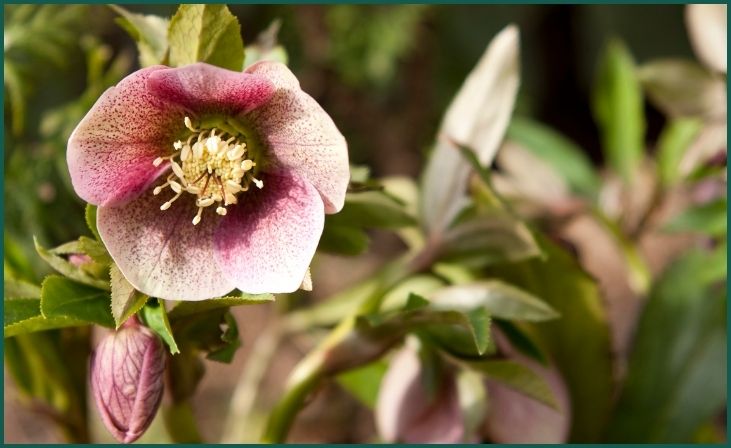
‘Winter Jewels’ is a prized variety among Hellebore enthusiasts, offering an exquisite array of colors to brighten up winter gardens. These plants produce large, outward-facing flowers in shades ranging from soft pastels to rich jewel tones, including pinks, purples, whites, and greens. Their robust growth habit ensures a prolific display of blooms, making them a standout feature in any cold-season landscape.
Also, Read – 7 Things I Learned from Quitting My Job and Moving to a Ski Town
Helleborus niger (Christmas Rose):
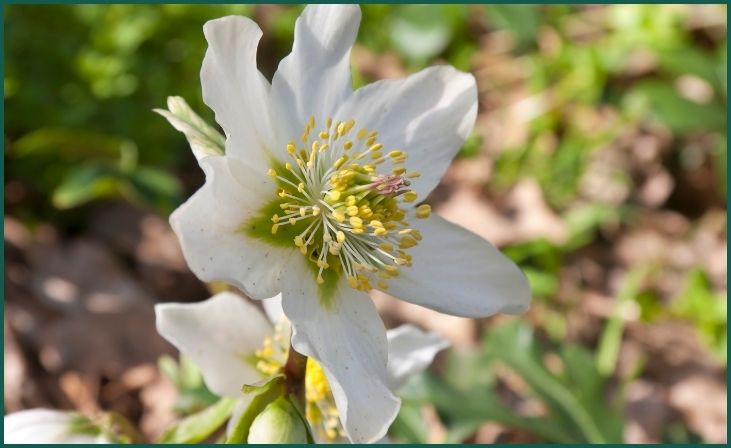
Helleborus niger, commonly known as the Christmas Rose, is celebrated for its pure white blooms that often appear as early as Christmas time, hence its name. These elegant flowers contrast beautifully against the dark green foliage, providing a striking focal point in winter gardens. As one of the earliest blooming Hellebores, it adds a touch of magic to the landscape during the coldest months of the year.
Helleborus orientalis (Lenten Rose):
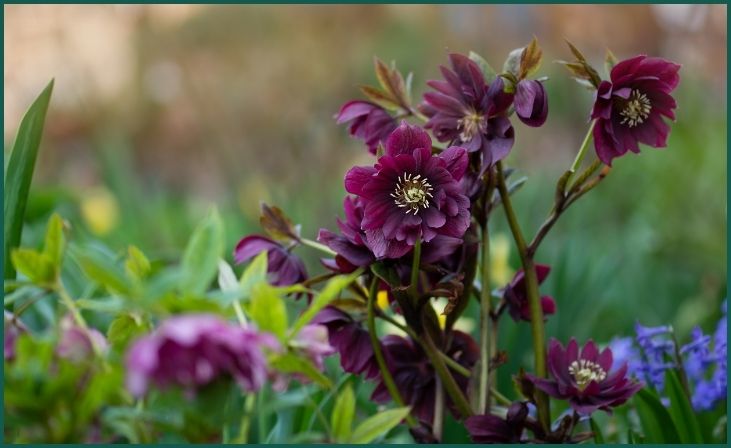
Helleborus orientalis, or the Lenten Rose, is a versatile species known for its wide range of colors and forms. From deep purples to soft pinks, these charming blooms brighten up the garden in late winter and early spring. The nodding flowers, held above evergreen foliage, create a picturesque scene even in the dreariest of weather, making them a favorite among gardeners seeking winter interest.
Helleborus foetidus (Stinking Hellebore):
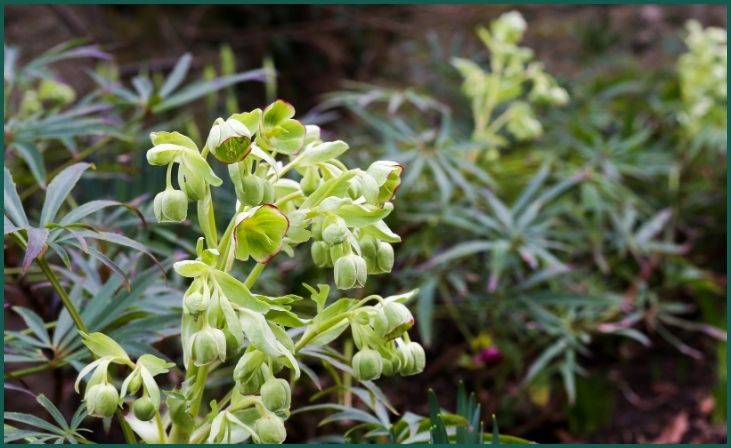
Despite its off-putting name, Helleborus foetidus is a captivating variety prized for its unique appearance. This species produces clusters of pale green flowers with burgundy highlights, adding a touch of intrigue to the winter garden. Its deeply cut, evergreen leaves further contribute to its appeal, providing year-round interest in shady areas.
Don't just scroll, subscribe!
BuzzTrail's unique web-stories are the cure for boredom you've been waiting for.
Also, Read – The 9 Best Pool Tables for Your Home Game Room
Helleborus × ballardiae ‘HGC Pink Frost’:
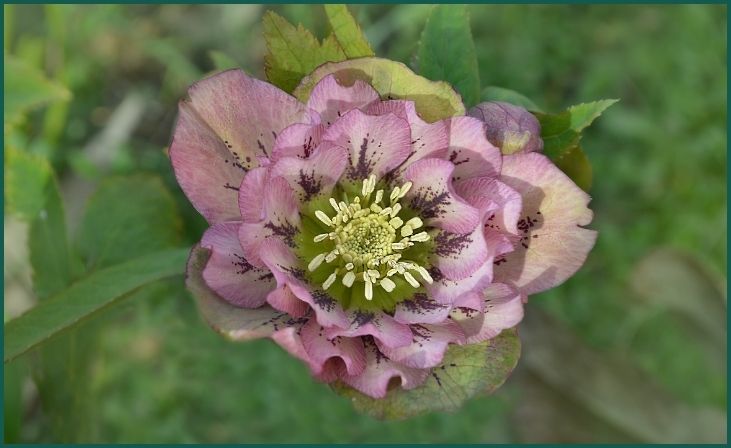
HGC Pink Frost’ is a hybrid Hellebore variety cherished for its delicate pink flowers with frosty edges. The enchanting blooms, borne on sturdy stems, create a lovely contrast against the glossy green foliage. Flowering from late winter to early spring, this variety adds a touch of romance to cold-season landscapes, attracting admirers with its subtle beauty.
Helleborus × ericsmithii ‘Winter Moonbeam’:
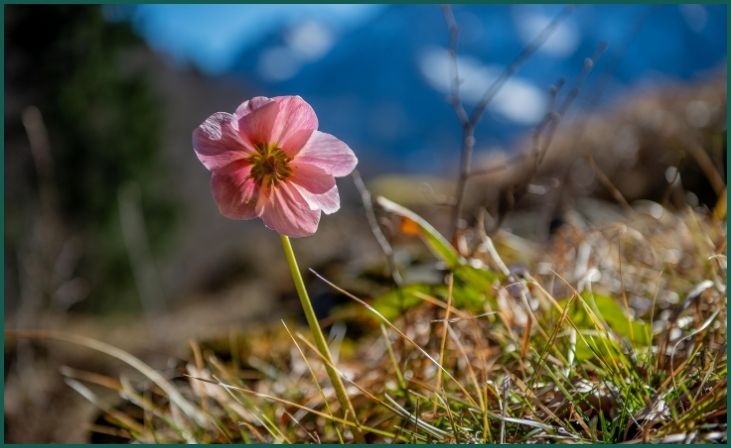
‘Winter Moonbeam’ is a captivating Hellebore hybrid known for its creamy white flowers tinged with chartreuse at the center. The nodding blooms, held above dark green foliage, create an ethereal effect in winter gardens. This variety blooms from late winter to early spring, offering a graceful display when most other plants remain dormant.
Helleborus × sternii:
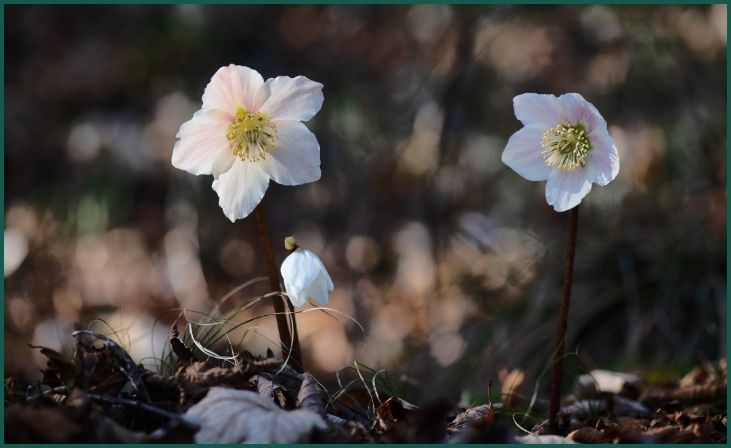
Helleborus × sternii is a striking hybrid variety admired for its unique foliage and delicate flowers. The silver-veined leaves, with dusky purple undersides, provide year-round interest in shady gardens. Paired with pale green flowers, this variety adds depth and texture to the landscape, making it a captivating choice for those seeking a standout feature in cold-season gardens.
Conclusion
In conclusion, Hellebores stand as resilient symbols of beauty and hope in the cold season garden. From the classic elegance of the Christmas Rose to the vibrant hues of the Winter Jewels series, these plants offer a diverse array of colors and forms to delight gardeners. Whether planted en masse or as solitary specimens, Hellebores bring warmth and charm to winter landscapes. Their ability to thrive in adverse conditions and their early blooms make them invaluable additions to any garden. Embrace the magic of Hellebores and let their enduring beauty brighten your winter days for years to come.
FAQs
What are the best growing conditions for Hellebores?
What are the best growing conditions for Hellebores?
Hellebores generally prefer partial to full shade and well-draining soil rich in organic matter. They thrive in cool, moist environments and are often planted under deciduous trees or in woodland gardens.
When is the best time to plant Hellebores?
When is the best time to plant Hellebores?
The best time to plant Hellebores is in late winter to early spring or in early fall. This allows the plants to establish their root systems before the heat of summer or the harshness of winter sets in.

